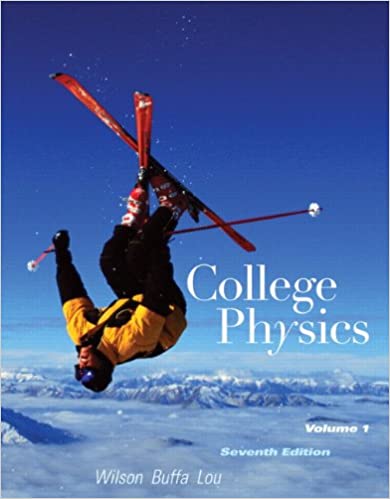
College Physics with MasteringPhysics 7th Edition by Jerry Wilson,Anthony Buffa,Bo Lou
Edition 7ISBN: 978-0321601834
College Physics with MasteringPhysics 7th Edition by Jerry Wilson,Anthony Buffa,Bo Lou
Edition 7ISBN: 978-0321601834 Exercise 24
Let's investigate a possible vertical landing on Mars that includes two segments: free fall followed by a parachute deployment. Assume the probe is close to the surface, so the Martian acceleration due to gravity is constant at 3.00 m/s 2. Suppose the lander is initially moving vertically downward at 200 m/s at a height of 20 000 m above the surface. Neglect air resistance during the free-fall phase. Assume it first free falls for 8000 m. (The parachute doesn't open until the lander is 12 000 m from the surface. See Fig.) (a) Determine the lander's speed at the end of the 8000-m free-fall drop. (b) At 12 000 m above the surface, the parachute deploys and the lander immediately begins to slow. If it can survive hitting the surface at speeds of up to 20.0 m/s, determine the minimum constant deceleration needed during this phase. (c) What is the total time taken to land from the original height of 20 000 m

FIGURE Down she comes See Exercise.

FIGURE Down she comes See Exercise.
Explanation
Assume the upward direction as positive ...
College Physics with MasteringPhysics 7th Edition by Jerry Wilson,Anthony Buffa,Bo Lou
Why don’t you like this exercise?
Other Minimum 8 character and maximum 255 character
Character 255


